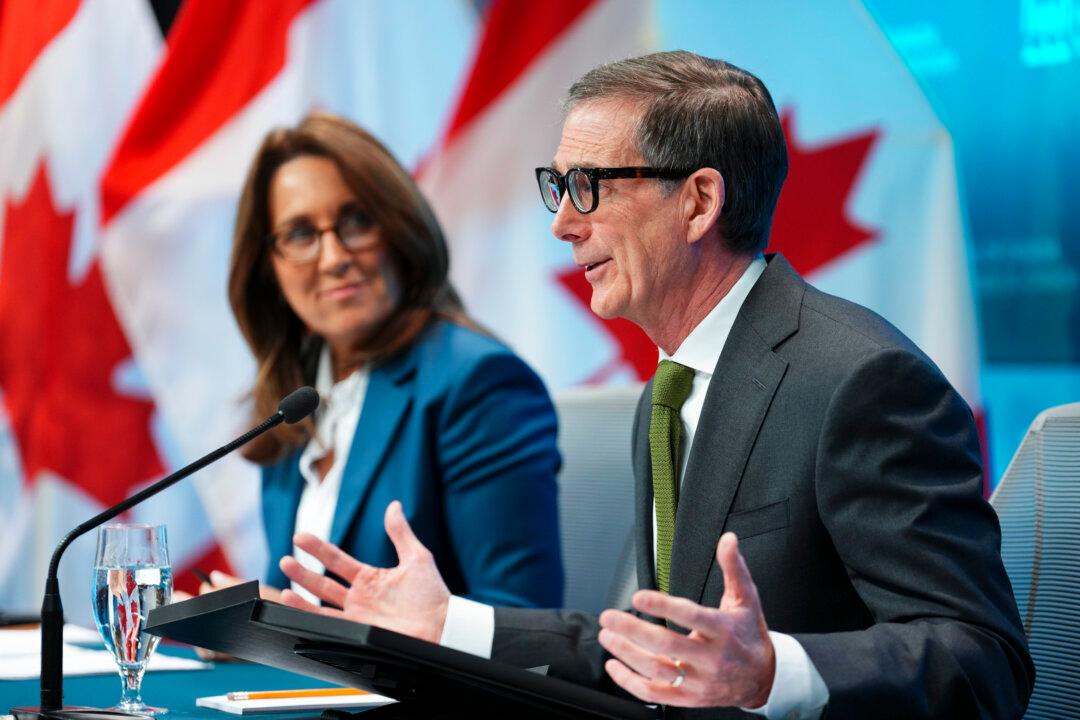The federal government has officially committed Canada to reducing its greenhouse gas emissions by 40–45 percent below 2005 levels by 2030; however, there is no consequential penalty for failing to achieve the target. Furthermore, the incremental means to reach this goal may rely solely on stricter carbon tax schemes across the country.
Canada has a long history of missing emission targets. Its latest goal was made law under the new Bill C-12, the Canadian Net-Zero Emissions Accountability Act. On July 12, the Minister of Environment and Climate Change Jonathan Wilkinson formally made Canada’s 2021 Nationally Determined Contribution (NDC) submission to the United Nations.
Under the Paris Agreement, countries have to submit national greenhouse gas (GHG) reduction targets every five years, with each successive one being more ambitious than its predecessor.
In the 2021 federal budget, the government projected Canada’s emissions would go from its target of 31 percent below the 2005 level of 730 megatonnes (Mt) to 36 percent below, or from 503 Mt to 468 Mt. The NDC commits to bringing emissions down 40–45 percent (between 438 and 401 Mt).
Environment and Climate Change Canada did not respond to The Epoch Times’ question on what specific policy measures are expected to further cut emissions down to the 40-45 percent target or if more stringent carbon pricing across the country is the intended solution.
Largely Symbolic
Analysts and observers have said that these emissions reduction targets are largely symbolic, highly challenging to achieve, and not enforceable. Some also say that the road to net zero by 2050 comes with too many unintended costs that will damage the economy and even some parts of the environment.
University of Calgary law professor David Wright said there is no real penalty for missing the target under the law, in his preliminary review of Bill C-12.
The law says the environment minister must set national GHG emissions targets for 2050 as well as milestone years 2035, 2040, and 2045, and if a target is not reached, the minister must write an assessment report explaining why Canada failed to meet the target, including what the government will do about it, along with any other pertinent information.
Furthermore, Wright said, “The government of today cannot bind the government of tomorrow when it comes to climate change plans and targets, even if they are legislated. This is a basic feature of Canada’s democratic system as inherited from the United Kingdom.”





